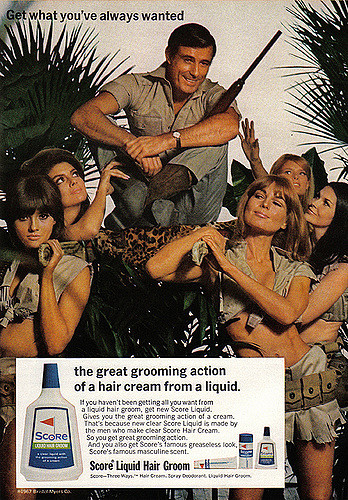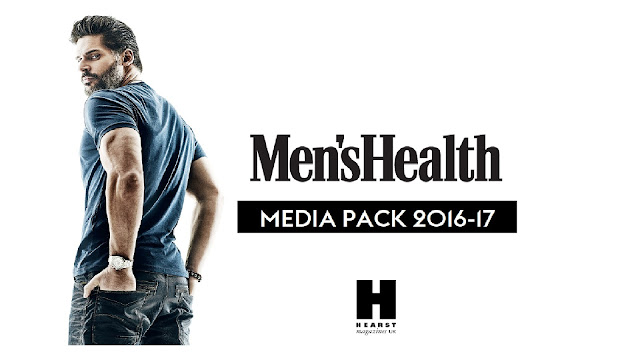MIGRAIN: Industries - Ownership and control
1) Type up your research notes from the lesson - what did you find out about your allocated media conglomerate?
- I researched the 'Walt Disney Company'. I found that this conglomerate is best known for 'Lucas films', 'Pixar' and 'Marvel'.
- An example of vertical integration: Disney Studio --- Disney Channel
- An example of horizontal integration: Marvel
- The Lion King film series is associated with the Disney company. Examples of synergy can be found in the fact that there is a musical production on the Lion King that plays in theatres and there is lots of Lion King merchandise that can be found in many stores (including The Disney Store).
- The Walt Disney company has also partaken in diversification. Examples of this include: 'ABC News', 'ABC Family', 'ESPN Network' and gaming.
- Currently, Disney are trying to purchase Sky News from 21st Century Fox and cross-media regulation has had to get involved.
2) Do you agree that governments should prevent media conglomerates from becoming too dominant? Write an argument that looks at both sides of this debate.
On one side I agree that governments should prevent media conglomerates from becoming too dominant. This is because an extremely dominant conglomerate would be too powerful. They would probably be able to demolish any competition (other conglomerates) that stands in their way. This will result in that media company being the only one left, meaning that they could increase prices for their products as much as they like; consequently exploiting customers who have no other choice but to purchase their products since there are no other companies.
However, the other side of the argument would disagree on the governments involvement. Conglomerates should have a right to purchase and expand as much as they wish if they can afford it. Expanding would allow them to reduce their costs which would be highly beneficially to them, the economy and potentially their consumers too.
On one side I agree that governments should prevent media conglomerates from becoming too dominant. This is because an extremely dominant conglomerate would be too powerful. They would probably be able to demolish any competition (other conglomerates) that stands in their way. This will result in that media company being the only one left, meaning that they could increase prices for their products as much as they like; consequently exploiting customers who have no other choice but to purchase their products since there are no other companies.
However, the other side of the argument would disagree on the governments involvement. Conglomerates should have a right to purchase and expand as much as they wish if they can afford it. Expanding would allow them to reduce their costs which would be highly beneficially to them, the economy and potentially their consumers too.
Media Magazine 52 has a good feature on the changing relationship between audiences and institutions in the digital age. Read the article 'Two Key Concepts: The Relationship Between Audience and Institution'.
3) Briefly describe the production, promotion and distribution process for media companies.
The first stage of a media product is the production phase. This involves the media product being created. The audience's desires and gratifications are taken in to account. The next stage is the promotion phase. This process involves identifying the target audience and finding marketing strategies to make them aware of the product and make them want to buy it. The final stage is distribution. This process involves selling the product to an audience in the easiest way possible.
The first stage of a media product is the production phase. This involves the media product being created. The audience's desires and gratifications are taken in to account. The next stage is the promotion phase. This process involves identifying the target audience and finding marketing strategies to make them aware of the product and make them want to buy it. The final stage is distribution. This process involves selling the product to an audience in the easiest way possible.
4) What are the different funding models for media institutions?
There are many different funding models available for media institutions. Examples include:
- License fee paid by the public
- Sales of programmes and formats to other broadcasters
- Programme sponsorship
- Subscription Fees
- Advertising revenue
- Sale of products
5) The article gives a lot of examples of major media brands and companies. Choose three examples from the article and summarise what the writer is saying about each of them.
The BBC
Since the BBC is publicly funded by the License Fee and is a non-profit organisation, the company has always ensured and focused on giving their audience informative and beneficial programmes for the sole purpose of education and entertainment.
Disney
Disney is well known for being a family-friendly brand. Parents have trust and faith in Disney in providing their children with entertaining and beneficial movies. Disney is notorious for its Disney Princess movies, merchandise, signature logo and theme park- Disneyland.
Sky
Sky's income depends on subscriptions from their audience so they invest in programming that attracts a loyal audience, who are more likely to invest in a long term subscription to guarantee early access to the shows they enjoy.
6) What examples are provided of the new business models media companies have had to adopt due to changes in technology and distribution
Spotify is an example- it is a music streaming company. Spotify had to engage in diversification in the mid 2000s when downloading free music online became very common, resulting in music companies losing revenue. Spotify introduced an online music service where consumers could either enjoy free music with ads, for a limited time, or pay a monthly subscription and get access to music without ads. This is still how Spotify works today.
7) Re-read the section on 'The Future'. What examples are discussed of technology companies becoming major media institutions?
Technology companies such as Amazon, Netflix and Google have quickly become major media institutions in themselves. Amazon and Netflix now produce and broadcast their own TV series such as 'Lucifer' and 'Stranger Things'. Google has bought YouTube andhas revolutionised the way we access music and moving-image entertainment and information.
8) Do you agree with the view that traditional media institutions are struggling to survive?
Yes I agree with the view that traditional media institutions are struggling to survive. Times have changed and so has the way audiences prefer to consume the media. People prefer to go on their phones rather than read the newspaper on the way to work. They prefer to wait till a new movie is available on Netflix rather than go to the cinema to watch it. They prefer to download free music rather than pay for a subscription. Due to all these changes, media companies have had to develop new, creative ideas that are the only way of attracting an audience.
Yes I agree with the view that traditional media institutions are struggling to survive. Times have changed and so has the way audiences prefer to consume the media. People prefer to go on their phones rather than read the newspaper on the way to work. They prefer to wait till a new movie is available on Netflix rather than go to the cinema to watch it. They prefer to download free music rather than pay for a subscription. Due to all these changes, media companies have had to develop new, creative ideas that are the only way of attracting an audience.



Comments
Post a Comment